- What is Apex Rot?
- Why is Apex Rot a Problem for Tomatoes?
- Prevention
- 1. Proper Watering
- 2. Mulching
- 3. Fertilization
- 4. Proper Pruning
- 5. Pest and Disease Control
- 6. Proper Harvesting
- Proper Fertilization Techniques
- 1. Soil Testing
- 2. Balanced Fertilizer
- 3. Controlled-Release Fertilizer
- 4. Timing
- 5. Avoid Excessive Nitrogen
- Choosing the Right Fertilizer
- 1. Balanced Nutrients:
- 2. Calcium Content:
- 3. Slow-Release Formulation:
- 4. Organic Options:
- 5. Soil Testing:
- 6. Follow Application Instructions:
- Regular Inspection and Maintenance
- Treatment
- 1. Remove Affected Fruits
- 2. Adjust Soil pH and Calcium Levels
- 3. Provide Consistent Watering
- 4. Mulch the Soil
- 5. Implement Proper Fertilization
- 6. Monitor and Maintain
- Identifying Apex Rot
- Adjusting Fertilization Schedule
- 1. Start with a soil test
- 2. Choose the right type and formulation of fertilizer
- 3. Divide the fertilization into multiple applications
- 4. Apply fertilizer before planting
- 5. Make additional fertilizer applications during the growing season
- 6. Monitor and adjust as needed
- Applying Calcium Supplements
- 1. Choose the Right Calcium Supplement
- 2. Prepare the Calcium Solution
- 3. Apply the Calcium Solution
- 4. Repeat the Application
- 5. Monitor and Adjust
- 6. Combine with Proper Fertilization
- “Question-Answer”
- How can I prevent apex rot on my tomato plants?
- What causes apex rot in tomatoes?
- When is the best time to fertilize tomato plants to prevent apex rot?
- How often should I fertilize my tomato plants to prevent apex rot?
- Can apex rot be treated once it has developed on tomato plants?
- “Video” How do you treat blossom end rot on squash & zucchini?
Apex rot is a common problem in tomato plants that can cause significant damage to the crop if not addressed promptly. This condition occurs when there is a calcium deficiency in the fruit, leading to the breakdown of cell walls in the tomato’s apex, or top portion. The result is a dark, sunken lesion at the blossom end of the tomato, making it unappealing and unmarketable.
One of the main causes of apex rot is an inconsistent supply of calcium to the growing tomato plants. While calcium is present in many soils, it is not easily absorbed by plants, especially during periods of rapid growth. This is where proper timing of fertilization becomes crucial in preventing and treating apex rot. By ensuring a steady supply of calcium to the plants during their peak growth stages, gardeners can help prevent this condition from occurring.
It is recommended to begin fertilizing tomato plants with a calcium-rich fertilizer as soon as the first clusters of flowers appear. This is when the demand for calcium increases, as the plant starts producing fruit. By providing an ample supply of calcium early on, gardeners can help ensure that the developing fruits receive the necessary nutrients to prevent apex rot.
In addition to timely fertilization, it is important to monitor the moisture levels in the soil. Inconsistent watering can also contribute to apex rot, as it affects the plant’s ability to take up calcium. Maintaining consistent moisture levels by watering at regular intervals can help prevent this problem.
In conclusion, by understanding the causes and implementing effective strategies, such as proper timing of fertilization and consistent watering, gardeners can prevent and treat apex rot on tomatoes. This will result in healthier, more vibrant plants and a higher yield of delicious, unblemished tomatoes.
What is Apex Rot?
Apex rot is a common physiological disorder that affects tomatoes. It is characterized by a decay of the calyx end, or apex, of the tomato fruit.
The decay usually starts as a small water-soaked spot near the stem end of the fruit and progresses to a dark, sunken, and leathery lesion. The affected area can enlarge rapidly and may eventually cover a significant portion of the fruit, rendering it unmarketable.
Apex rot is primarily a calcium deficiency disorder. Calcium is an essential nutrient for the growth and development of tomato plants, and a lack of calcium can lead to various problems, including apex rot.
Calcium is transported to the fruit through the xylem vessels. Factors such as inadequate calcium availability in the soil, fluctuations in soil moisture levels, and improper balance of other nutrients can interfere with calcium uptake by the plant, resulting in apex rot.
Apex rot is more likely to occur in tomatoes grown in alkaline or high pH soils, as calcium becomes less available to the plant in such conditions. It is also more common in fleshy and fast-growing fruit varieties.
Preventing apex rot involves ensuring a consistent supply of calcium to the tomato plants throughout their growth cycle. This can be achieved through proper soil preparation and fertilization practices.
Key points about apex rot:
- Apex rot is a physiological disorder affecting tomatoes
- It is characterized by a decay of the calyx end of the fruit
- It is primarily caused by a calcium deficiency
- It is more likely to occur in alkaline soils and fast-growing fruit varieties
- Prevention involves consistent calcium supply through proper fertilization
Why is Apex Rot a Problem for Tomatoes?
Apex rot is a common problem that affects tomatoes, causing significant damage and reducing yield. This physiological disorder is characterized by the appearance of dark, sunken lesions on the blossom end of the fruit, which eventually lead to rot and decay. Apex rot can occur at any stage of fruit development, from green to fully ripe, and can affect both greenhouse and field-grown tomatoes.
There are several factors that contribute to the development of apex rot in tomatoes:
- Calcium deficiency: One of the main causes of apex rot is a lack of calcium in the developing fruit. Calcium plays a vital role in cell wall formation and stability, and a deficiency can lead to weak cell walls that are more prone to damage and decay.
- Imbalanced nutrient uptake: Inadequate or imbalanced nutrient uptake by the plant can also lead to apex rot. If the plant is not able to properly absorb and transport nutrients, it may result in a nutrient deficiency in the fruit, including calcium.
- Inconsistent watering: Fluctuations in soil moisture levels can disrupt the uptake and distribution of calcium in the plant. When the soil is too dry, the plant may struggle to take up sufficient calcium, while overwatering can lead to poor root function and nutrient imbalances.
- Rapid fruit growth: Tomatoes that experience rapid growth are more susceptible to apex rot. When the fruit grows quickly, the demand for calcium also increases. If the plant is unable to supply enough calcium to meet this demand, apex rot may occur.
- Varietal susceptibility: Some tomato varieties are more prone to apex rot than others. Certain genetic traits can make a tomato plant more susceptible to developing this disorder, regardless of the environmental conditions.
Apex rot not only affects the visual appearance of the tomatoes but also reduces their quality and market value. It can result in significant losses for growers and limit the availability of high-quality tomatoes for consumers. Therefore, it is crucial to understand the factors that contribute to apex rot and implement appropriate prevention and treatment measures to minimize its occurrence.
Prevention
Preventing apex rot in tomatoes starts with proper care and maintenance of the plants. By following these preventive measures, you can minimize the chances of apex rot developing in your tomato crop.
1. Proper Watering
One of the main reasons for apex rot is improper watering. To prevent this condition, you need to ensure that your tomato plants receive consistent and adequate water. Avoid overwatering, as it can lead to root rot and make the plants more susceptible to apex rot. It is recommended to water the plants deeply once or twice a week, depending on the weather conditions and the moisture levels of the soil.
2. Mulching
Mulching can help maintain consistent soil moisture and temperature around the tomato plants. Apply a layer of organic mulch, such as straw or wood chips, around the base of the plants. This will help retain moisture, prevent soil erosion, and reduce the chances of apex rot development.
3. Fertilization
Proper fertilization is essential for healthy tomato plants. Use a balanced fertilizer that is rich in essential nutrients, such as nitrogen, phosphorus, and potassium. However, avoid overfertilization, especially with high nitrogen fertilizers, as it can promote excessive vegetative growth and make the plants more susceptible to apex rot.
4. Proper Pruning
Pruning the tomato plants helps improve air circulation and reduces the risk of apex rot. Remove any excess foliage or suckers that may be blocking the sunlight and air from reaching the fruit. This will ensure better fruit development and minimize the occurrence of apex rot.
5. Pest and Disease Control
Regular monitoring and control of pests and diseases can help prevent apex rot in tomatoes. Inspect the plants regularly for any signs of pests or diseases and take appropriate measures, such as applying organic insecticides or fungicides, to prevent their spread. Pests and diseases can weaken the plants and make them more susceptible to apex rot.
6. Proper Harvesting
Harvesting tomatoes at the right stage of ripeness can also help prevent apex rot. Avoid leaving the fruits on the vine for too long, as overripe tomatoes are more prone to developing rot. Harvest the tomatoes when they are fully ripe but still firm, and handle them with care to avoid any physical damage that can lead to rotting.
By following these preventive measures, you can minimize the risk of apex rot in your tomato plants and ensure a healthy and abundant harvest.
Proper Fertilization Techniques
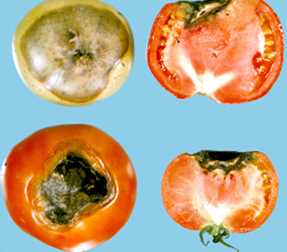
Fertilization plays a crucial role in preventing and treating apex rot on tomatoes. By applying the right amount and type of fertilizer at the appropriate times, you can improve the overall health of the plants and minimize the risk of apex rot. Here are some proper fertilization techniques to consider:
1. Soil Testing
Before fertilizing your tomato plants, it is essential to conduct a soil test. This test will provide you with valuable information about the nutrient levels in your soil. A soil test will help you determine the specific nutrients that your plants need, allowing you to select the appropriate fertilizer.
2. Balanced Fertilizer
Using a balanced fertilizer is crucial to ensure your tomato plants receive all the necessary nutrients. Look for a fertilizer with a balanced NPK ratio (nitrogen, phosphorus, and potassium). This balanced ratio will provide the plants with proper nutrition, promoting healthy growth and reducing the risk of apex rot.
3. Controlled-Release Fertilizer
Consider using controlled-release fertilizers, also known as slow-release fertilizers. These fertilizers release nutrients gradually over an extended period, providing a more consistent and sustained nutrient supply to the plants. This helps prevent nutrient deficiencies and reduces the chances of apex rot developing.
4. Timing
Proper timing of fertilization is crucial for preventing apex rot. Start by applying a balanced fertilizer at the time of planting to provide essential nutrients during the early stages of growth. As the plants continue to develop, monitor their progress, and apply additional fertilizer as needed. Avoid over-fertilizing as excessive nutrients can lead to other issues, including apex rot.
5. Avoid Excessive Nitrogen
While nitrogen is essential for plant growth, excessive nitrogen can increase the risk of apex rot. Too much nitrogen encourages excessive vegetative growth and can interfere with the uptake of calcium, a key nutrient for preventing apex rot. Choose a fertilizer with a moderate nitrogen content or consider using a fertilizer with a higher phosphorus content to promote healthy fruit development.
By following these proper fertilization techniques, you can provide your tomato plants with the necessary nutrients to prevent and treat apex rot effectively.
Choosing the Right Fertilizer
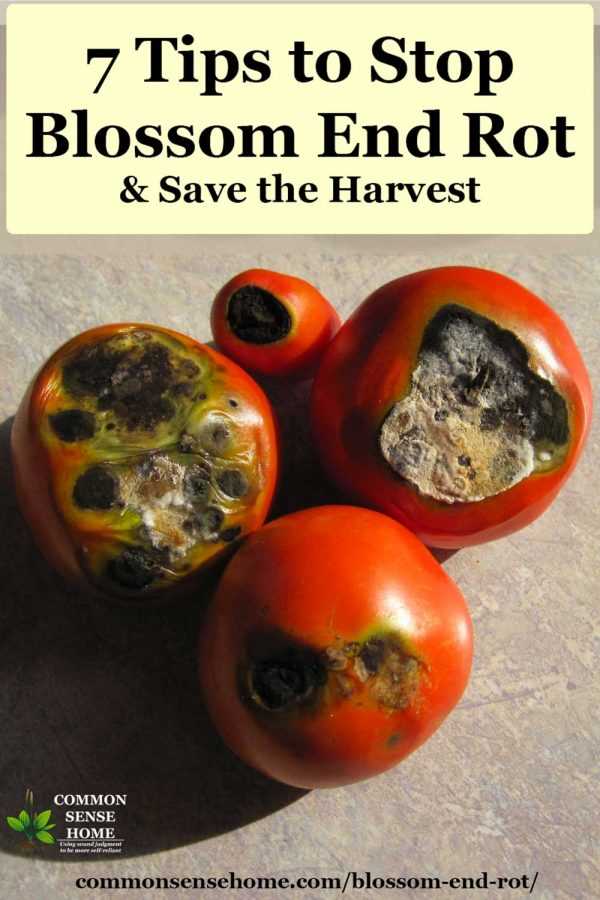
When it comes to preventing and treating apex rot on tomatoes, choosing the right fertilizer plays a crucial role. Proper nutrition is essential for the plants to develop strong and healthy fruit, reducing the risk of this common disorder.
Here are some factors to consider when selecting the fertilizer for your tomato plants:
1. Balanced Nutrients:
Look for a fertilizer that provides a balanced blend of essential nutrients. Tomatoes require a good balance of nitrogen, phosphorus, and potassium (N-P-K), as well as secondary and trace elements. A balanced fertilizer will help ensure that your plants have all the necessary nutrients to grow and develop properly.
2. Calcium Content:
Apex rot is often caused by a calcium deficiency in the plant. Therefore, it is important to choose a fertilizer that contains an adequate amount of calcium. Look for fertilizers labeled as having a high calcium content or those specifically formulated for tomatoes.
3. Slow-Release Formulation:
Consider using a slow-release fertilizer. This type of fertilizer releases nutrients gradually over time, providing a steady supply to the plants. Slow-release fertilizers can help prevent nutrient imbalances and reduce the risk of over-fertilization, which can lead to apex rot.
4. Organic Options:

If you prefer organic gardening, there are several organic fertilizers available that can be used on tomatoes. These fertilizers are made from natural materials and contain beneficial microorganisms that help improve soil health and nutrient availability to the plants.
5. Soil Testing:
Before applying any fertilizer, it is recommended to test your soil to determine its nutrient composition and pH level. A soil test will help you identify any nutrient deficiencies or imbalances in your soil. You can then choose a fertilizer that specifically addresses these issues.
6. Follow Application Instructions:
Always follow the instructions provided on the fertilizer packaging regarding application rates and timings. Over-fertilizing can lead to nutrient imbalances and other issues, while under-fertilizing may result in poor plant growth and nutrient deficiencies.
By choosing the right fertilizer and following proper application techniques, you can help prevent and treat apex rot on your tomato plants. Remember, proper nutrition is essential for healthy plant growth and development.
Regular Inspection and Maintenance
Regular inspection and maintenance are crucial to prevent and treat apex rot on tomatoes. By regularly observing your tomato plants, you can catch any symptoms early on and take appropriate action. Here are some steps you can take:
- Inspect your tomato plants at least once a week. Look for any signs of apex rot, such as dark, sunken spots at the blossom end of the fruit.
- If you notice any tomatoes with apex rot, remove them from the plant immediately. This will prevent the rot from spreading to other fruits.
- Check the soil moisture regularly. Lack of water can contribute to apex rot, so make sure your tomato plants are receiving adequate watering. Avoid overwatering as well, as this can lead to other issues.
- Monitor the soil pH. Tomatoes prefer slightly acidic soil with a pH range of 6.0 to 6.8. Test the soil regularly and adjust the pH if necessary.
- Keep an eye on the nutrient levels in the soil. Imbalances in nutrients, particularly calcium and potassium, can contribute to apex rot. Use a soil testing kit to check the nutrient levels and add fertilizers or amendments as needed.
- Prune your tomato plants regularly to improve airflow and reduce humidity around the fruit. This can help prevent the spread of diseases, including apex rot.
By regularly inspecting your tomato plants and taking necessary maintenance steps, you can minimize the risk of apex rot and ensure healthy, bountiful harvests.
Treatment
When Apex rot is detected on tomato plants, it is important to take immediate action to prevent further damage and allow for proper treatment. Here are some steps to take:
1. Remove Affected Fruits
Start by removing any tomatoes that show signs of Apex rot. This will prevent the rot from spreading to other healthy fruits and allow the plant to focus its energy on producing new, healthy tomatoes.
2. Adjust Soil pH and Calcium Levels
Since Apex rot is often caused by calcium deficiency or improper pH balance in the soil, it is important to address these issues. Test your soil’s pH level and calcium levels and make any necessary adjustments.
Increasing Calcium Levels:
- Add calcium-rich amendments like gypsum or dolomitic lime to the soil.
- Apply a foliar spray of calcium chloride or calcium nitrate to the plant’s leaves.
Adjusting Soil pH:
- Apply lime to raise soil pH if it is too acidic.
- Add sulfur or peat moss to lower soil pH if it is too alkaline.
3. Provide Consistent Watering
Water the plants regularly and consistently, aiming to keep the soil evenly moist. Inconsistent watering can lead to fluctuations in calcium uptake, which can contribute to the development of Apex rot.
4. Mulch the Soil
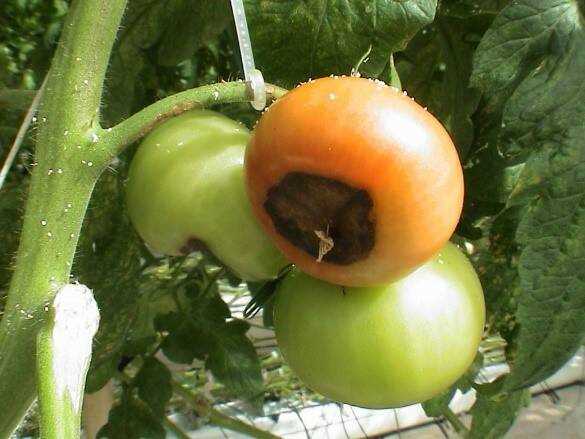
Adding a layer of organic mulch around the tomato plants can help regulate soil moisture levels and temperature, preventing fluctuations that may contribute to the development of Apex rot.
5. Implement Proper Fertilization
Apply a balanced fertilizer that includes micronutrients regularly throughout the growing season. This will help ensure that the plants have the necessary nutrients, including calcium, to produce healthy fruits.
6. Monitor and Maintain
Continue to monitor the plants for any signs of Apex rot and take immediate action if any symptoms reappear. Maintain proper soil pH, calcium levels, and watering practices throughout the growing season to prevent the reoccurrence of the rot.
By following these treatment steps and implementing preventive measures, you can effectively manage and prevent Apex rot on tomato plants. Remember that proper timing of fertilization is crucial in preventing this issue and maintaining the overall health of your tomato plants.
Identifying Apex Rot
Apex rot is a common problem that affects tomato plants. It is characterized by the development of black or dark brown spots at the blossom end of the fruit.
Early symptoms of apex rot include a small, water-soaked lesion at the blossom end of the fruit. As the disease progresses, the lesion turns brown or black, becomes sunken, and may start to spread to the surrounding tissue.
Apex rot is often confused with other fruit diseases, such as fungal rots or viral infections. However, one of the key distinguishing features of apex rot is that it only affects the blossom end of the fruit.
It is important to note that apex rot is not caused by a pathogen or infectious agent. Instead, it is a physiological disorder that is triggered by a lack of calcium in the developing fruit.
Factors that can contribute to the development of apex rot include:
- Inadequate supply of calcium in the soil
- Imbalanced fertilizer application
- Fluctuations in soil moisture levels
- High temperatures
Identifying apex rot early can help prevent further damage to the fruit and minimize crop loss. Regular monitoring of the plants and fruits is essential for early detection of the disease.
Additionally, it is important to maintain proper soil and plant health to prevent the onset of apex rot. This includes regular soil testing to determine nutrient levels, proper fertilization with balanced nutrients, and maintaining consistent soil moisture levels.
In the next section, we will discuss how proper timing of fertilization can help prevent and treat apex rot on tomatoes.
Adjusting Fertilization Schedule
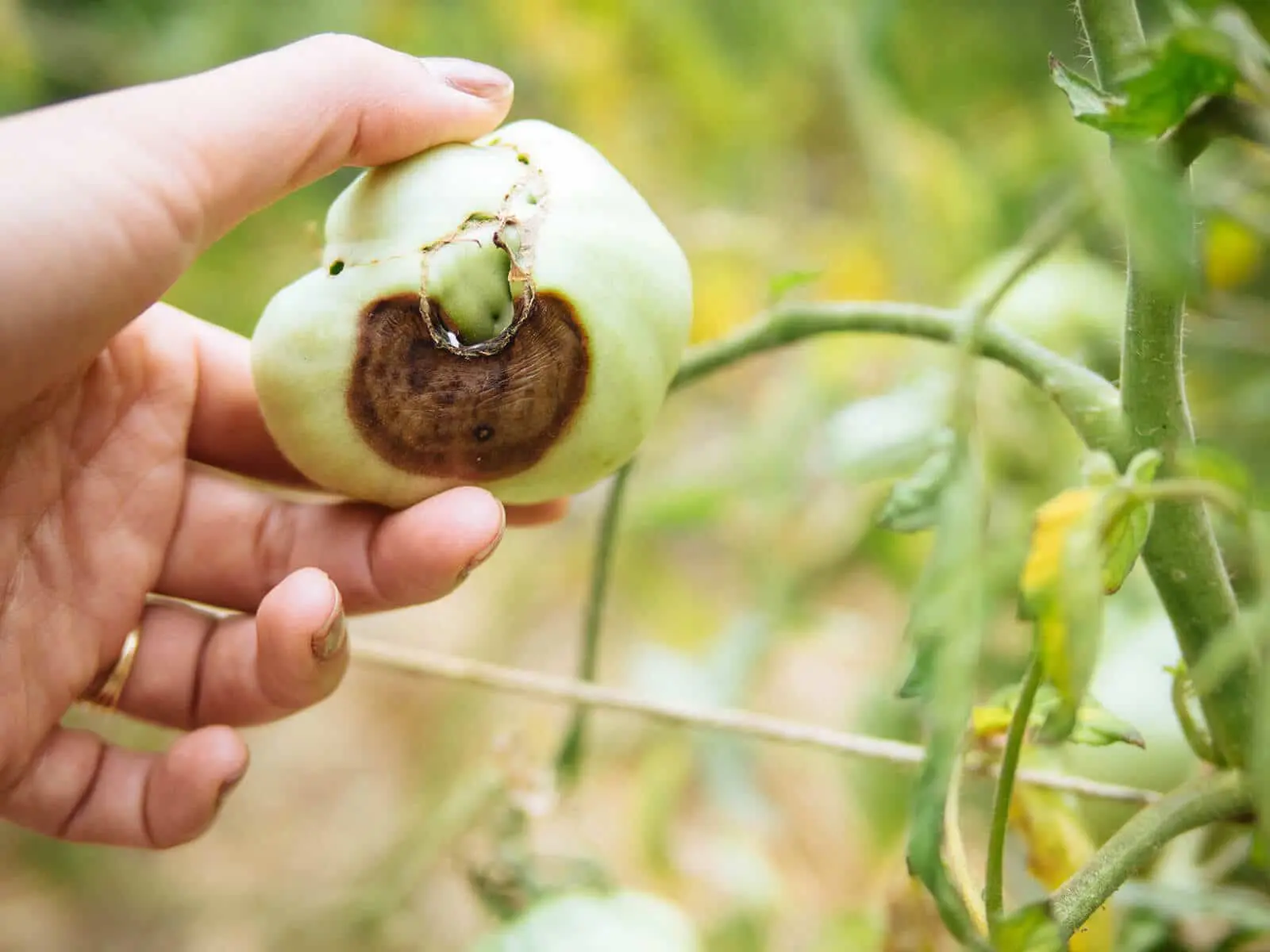
Proper timing of fertilization is crucial to prevent and treat apex rot on tomatoes. By adjusting the fertilization schedule, you can provide the necessary nutrients at the right time, ensuring healthy tomato plants and reducing the risk of apex rot. Here are some tips on how to adjust your fertilization schedule:
1. Start with a soil test
The first step in adjusting your fertilization schedule is to conduct a soil test. A soil test will provide you with valuable information about the nutrient levels in your soil, allowing you to determine if any adjustments need to be made.
2. Choose the right type and formulation of fertilizer
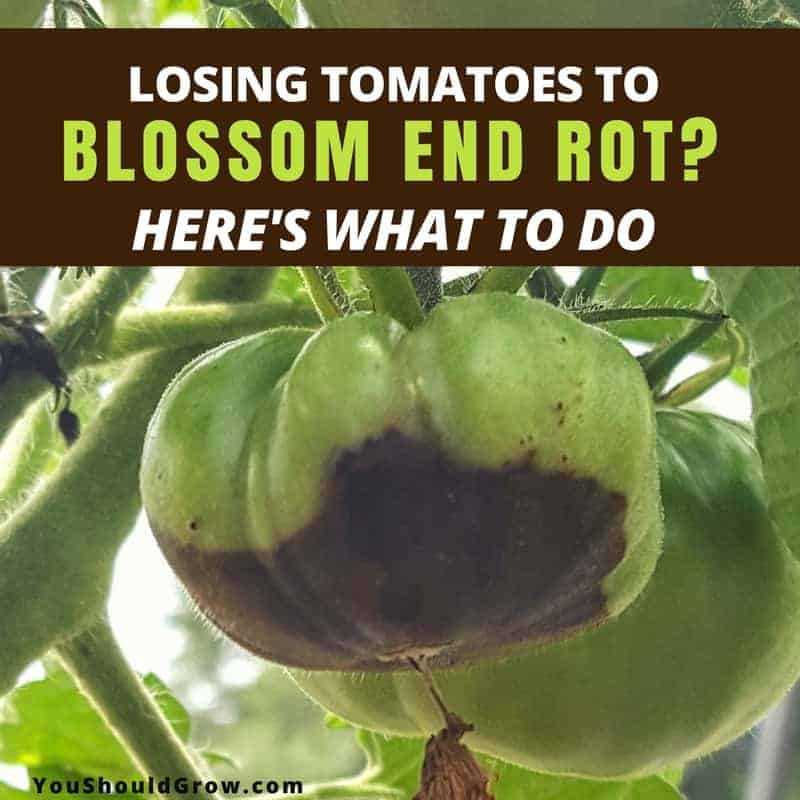
Based on the results of your soil test, choose the appropriate type and formulation of fertilizer. Different plants have different nutrient requirements, so it’s important to use a fertilizer that is specifically formulated for tomatoes.
3. Divide the fertilization into multiple applications
Instead of applying fertilizer all at once, it’s beneficial to divide the fertilization into multiple applications. This allows for a more steady release of nutrients over time, preventing nutrient imbalances that can contribute to apex rot.
4. Apply fertilizer before planting
To ensure that the tomato plants have access to the necessary nutrients from the start, it’s recommended to apply fertilizer before planting. Mix the fertilizer into the soil according to the package instructions and then plant the tomatoes.
5. Make additional fertilizer applications during the growing season
As the tomato plants grow, they will require additional nutrients to support their development. Make additional fertilizer applications during the growing season, following the package instructions for the specific fertilizer you are using.
6. Monitor and adjust as needed
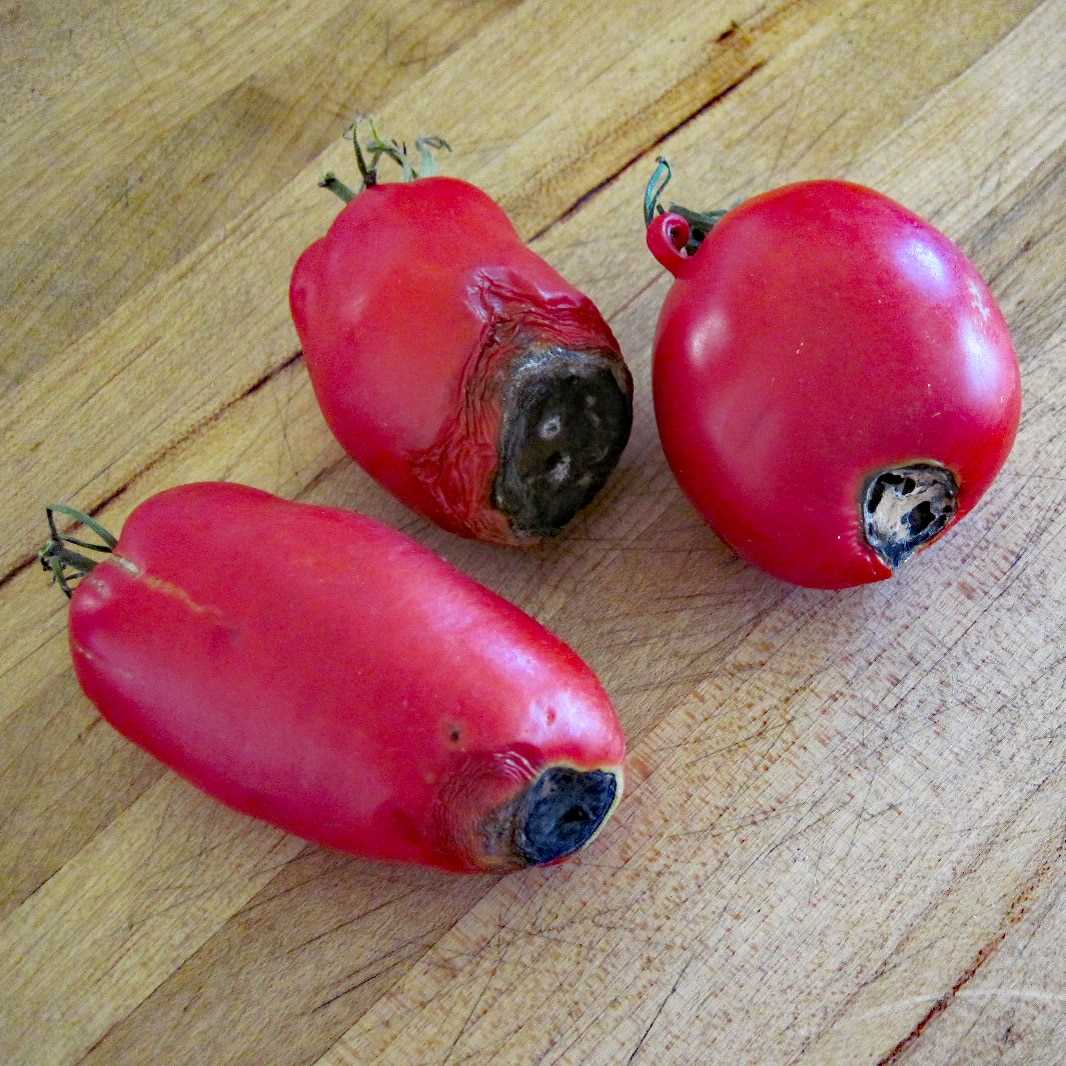
Regularly monitor the plants for any signs of nutrient deficiencies or excesses. Adjust the fertilization schedule as needed based on the plant’s health and the results of soil tests. This will help ensure that the plants receive the right amount of nutrients to prevent and treat apex rot.
By adjusting your fertilization schedule and providing the necessary nutrients at the right time, you can prevent and treat apex rot on tomatoes. Remember to start with a soil test, choose the right fertilizer, divide the applications, apply before planting, make additional applications during the season, and monitor the plants for any adjustments.
Applying Calcium Supplements
One effective way to prevent and treat apex rot on tomatoes is by applying calcium supplements. Calcium plays a crucial role in plant cell wall formation and stability, and a deficiency of this essential nutrient can lead to apex rot. Here are some tips on how to apply calcium supplements to your tomato plants:
1. Choose the Right Calcium Supplement
There are several calcium supplements available for tomatoes, such as calcium nitrate, calcium chloride, and calcium carbonate. It’s important to choose a supplement that is suitable for your specific needs and growing conditions. Consult with a local gardening expert or agricultural extension service to determine the best option for your garden.
2. Prepare the Calcium Solution
To prepare the calcium solution, mix the recommended amount of calcium supplement with water. Follow the instructions provided on the product label to ensure proper dilution. It’s important to use the correct concentration to avoid burning or damaging the tomato plants.
3. Apply the Calcium Solution
Apply the calcium solution to the soil around the base of the tomato plants. Take care not to splash the solution onto the leaves or stems, as this can cause leaf burn. Water the plants thoroughly after applying the calcium solution to help the nutrients penetrate the soil and reach the roots.
4. Repeat the Application
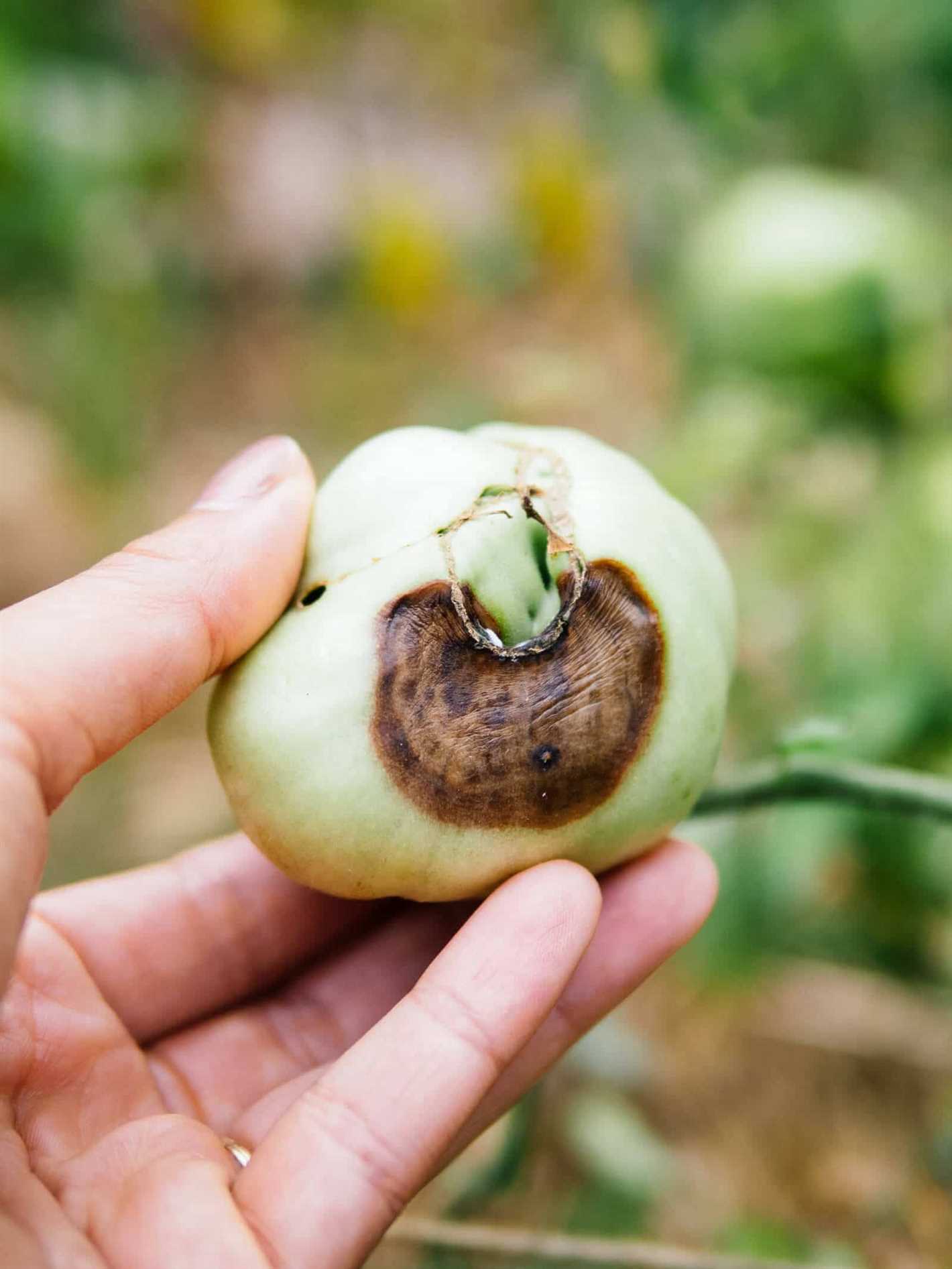
It is recommended to repeat the application of calcium supplements every two to three weeks throughout the growing season. This will help ensure a continuous supply of calcium to the plants and reduce the risk of apex rot.
5. Monitor and Adjust
Monitor your tomato plants regularly for signs of calcium deficiency or apex rot. If you notice any symptoms, such as browning or blackening of the blossom end, adjust the calcium application as necessary. Increased frequencies or higher concentrations may be required to address the deficiency.
6. Combine with Proper Fertilization
While calcium supplements can help prevent and treat apex rot, it’s important to ensure that your tomato plants are also receiving proper fertilization. A balanced fertilizer that contains essential nutrients, including nitrogen, phosphorus, and potassium, will support overall plant health and reduce the risk of nutrient deficiencies.
By applying calcium supplements at the right time and in the right manner, you can help prevent and treat apex rot on your tomato plants. Remember to choose the right supplement, prepare the calcium solution properly, and monitor your plants for signs of deficiency. With proper care and attention, you can enjoy healthy and bountiful tomato harvests.
“Question-Answer”
How can I prevent apex rot on my tomato plants?
To prevent apex rot on tomato plants, it is important to properly time your fertilization. This means starting off with a well-balanced and nutrient-rich soil before planting. Additionally, make sure to provide consistent and adequate watering to avoid fluctuations in soil moisture levels. Regularly check the plants for any signs of nutrient deficiencies and adjust your fertilizer application accordingly.
What causes apex rot in tomatoes?
Apex rot in tomatoes is primarily caused by a calcium deficiency in the plant. This deficiency can be a result of inconsistent soil moisture levels, improper fertilization, or imbalances in the plant’s nutrient intake. When calcium levels are low, the plant is unable to properly regulate the movement of nutrients and water to the fruit, leading to the development of rot at the apex.
When is the best time to fertilize tomato plants to prevent apex rot?
The best time to fertilize tomato plants to prevent apex rot is before planting. It is important to start off with a well-balanced and nutrient-rich soil. This can be achieved by incorporating organic matter, such as compost or well-rotted manure, into the soil. Additionally, regular and timely applications of balanced fertilizers during the growing season can help maintain optimal nutrient levels and prevent calcium deficiencies that lead to apex rot.
How often should I fertilize my tomato plants to prevent apex rot?
To prevent apex rot, tomato plants should be fertilized regularly throughout the growing season. This can be done every 2-4 weeks, depending on the specific fertilizer used and the plant’s nutrient requirements. It is important to monitor the plants for any signs of nutrient deficiencies and adjust the fertilizer application accordingly. Keep in mind that over-fertilization can also be detrimental, so it is important to follow the recommended dosage and application guidelines.
Can apex rot be treated once it has developed on tomato plants?
Once apex rot has developed on tomato plants, it cannot be treated. The affected fruits should be removed from the plant and discarded. However, it is important to address the underlying causes of apex rot to prevent further occurrences. Proper timing of fertilization, maintaining consistent soil moisture levels, and providing adequate calcium and nutrient intake are essential to preventing apex rot in future harvests.







